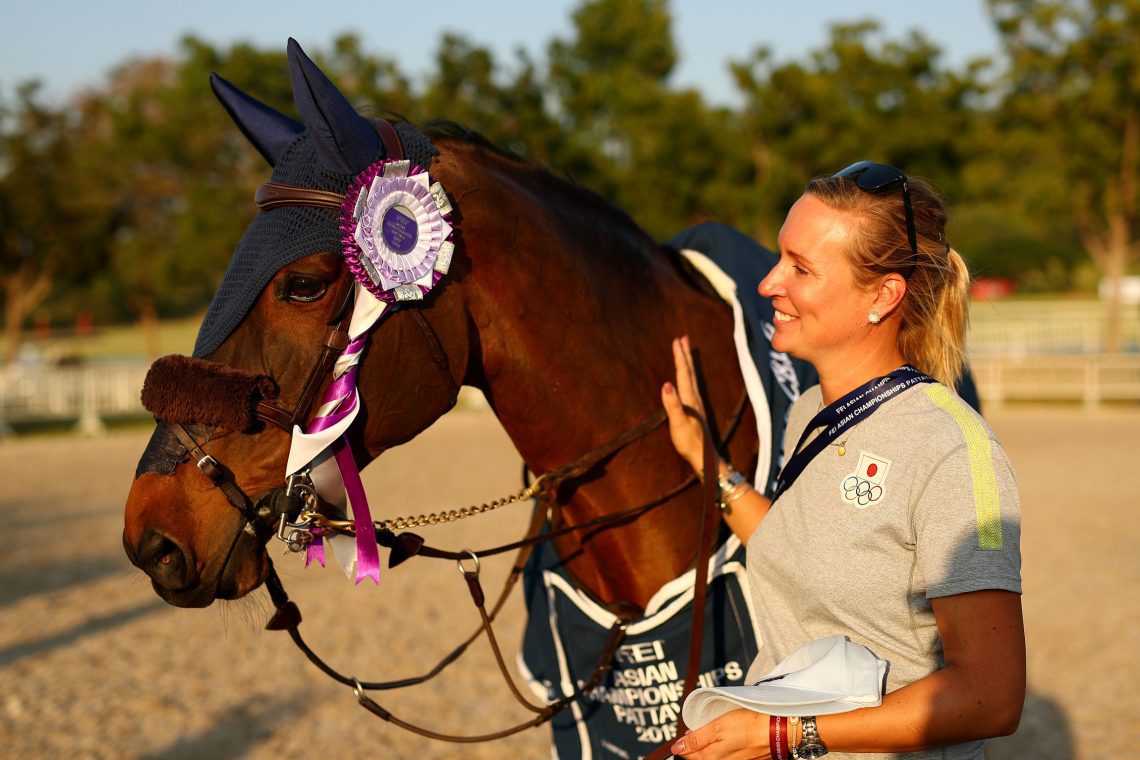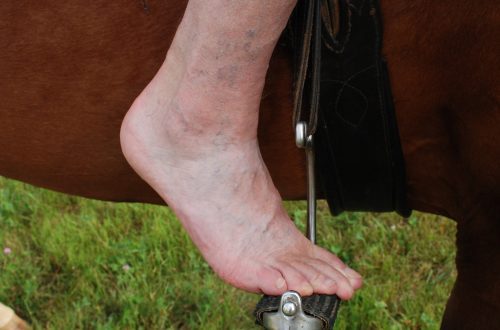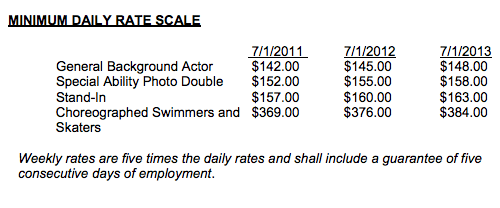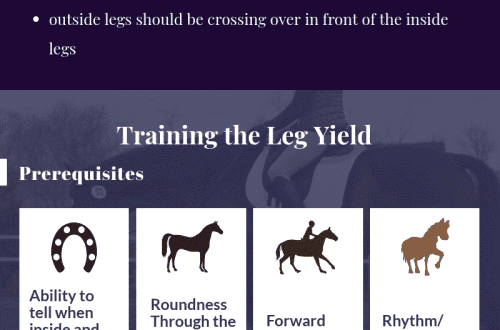
Awọn nkan 7 Gbogbo Equestrian yẹ ki o Mọ (Yato si Riding)

Photo: @silvanasphoto.
The FEI has outlined the basic things you should be able to do.. besides riding! Have you thought about that. that there are some things you should be able to do as an equestrian?
nibi 7 Essential Skills, which you should be able to apply in emergency situations, and which will make your life in the stable easier.
1. Pay attention to your horse’s vital signs.
Knowing your horse’s vital signs will help you look out for possible illness. You will also have something to say to your veterinarian when they ask you for more information regarding your horse’s condition.
Your horse’s vital signs may indicate to you that your horse is in pain or in shock. Which of them can help you?
⁃ Temperature
⁃ Breathing rate
⁃ Pulse
On your next visit, ask your veterinarian to show you how to measure your horse’s vital signs. He will also tell you what is normal and what is not, and how your horse’s performance may differ from others due to breed, size, age, etc.
2. Learn how to make a homemade bridle.
If you have come across a situation where your bridle was torn far from home, or you found a neighbor’s horse without ammunition, you understand how important it is to be able to make a bridle or halter from improvised means.
A so-called “military bridle”, quickly made from rope or something similar. Animal rescuers often use these.
You need at least 6 feet of thin rope or cord, and with 12 feet you can make more reins or a lead.
There are several ways to do this, depending on how much control you need over your horse and how long the rope you have.
3. Learn to lunge a horse.
The ability to lunge a horse is a necessary skill for all equestrians. If you are injured and unable to ride, then this is an alternative way for you to train your horse while you recover. It’s also a great way to get your horse moving when you’re on a long haul ride.
Even if you plan to mount, a few minutes on the lunge before work will help you set up your horse and give it a chance to let off steam before you get in the saddle.
Many people mistakenly think that lunging is about holding the end of the lunge and driving the horse around in different gaits.
In fact, it is a whole art to work out the horse on the lunge in such a way that it is useful for further work on horseback.
4. Learn how to make an emergency stop with one reason.
You may think that an emergency stop is only for stubborn horses or weak riders, but every rider should master this skill.
Even horses with an impenetrable psyche can suffer if they are stung by bees or dogs pounce.
Pulling on the reins will only worsen the situation and cause even more fear in the horse, provoking him to run even faster. That is why it is so important to be able to use this skill.
If you don’t know the technique for doing this stop, check with your trainer. You should practice this skill periodically with every horse you ride, even if you don’t have to use it.
To perform an emergency stop with one rein, circle the horse. Gradually narrow the volt until the horse is forced to stop. At this point, you can safely dismount.
5. Check safety when transporting your horse.
If you are traveling with a horse, you should know how to check the safety of a horse cart or trailer before setting off.
There are many places where you can learn how to assess security:
⁃ Places of production of horse carriages or places of their sale
⁃ Service centres
⁃ Equestrian clubs
⁃ University Advanced Programs
⁃ Live video
Safety requirements include checking tires, wheel axles, lubrication, bolts and latches.
Once you’ve figured this out, try learning how to change engine oil and change a wheel.
6. Learn to recognize colic.
Learning to recognize the signs of colic can save your horse’s life. The early signs of colic may be subtle in the horse’s behavior, while the later stage often has obvious signs.
Learn to recognize these signs, which vary by horse breed and pain threshold.
You should report any signs of colic to your veterinarian. Keep a list of signs of colic in a prominent place where any rider can read them if necessary, as well as the rules of conduct in case of detection of these symptoms.
7. Be able to recognize the signs of a serious head injury.
Not only horses may need emergency help: after a fall, the athlete also needs help.
Even a fall while wearing a helmet can cause head injury. Know the signs that indicate a need for medical attention, such as:
⁃ Loss of consciousness
⁃ Headache
⁃ Nausea
⁃ Vomit
⁃ Fatigue and sleepiness
⁃ Memory losses
⁃ Incoherent speech
⁃ Ruffles or double vision
⁃ Sensitivity to light or sound
⁃ Clumsy movements, numbness, or weakness
⁃ Sudden mood swings
⁃ Seizures
⁃ Discharge or blood from the ears or nose
⁃ Blurred vision or tinnitus
If these signs appear, you should contact a medical institution, it is best to call an ambulance.
Hang a list of these signs, as well as instructions for how to deal with similar situations, in a prominent place in your stable.
If you are not sure if the local ambulance or rescue service can provide first aid, practice doing it yourself.
If someone in your stable has a chronic condition, such as diabetes, learn to recognize other emergency symptoms as well and make a plan for dealing with such situations.





